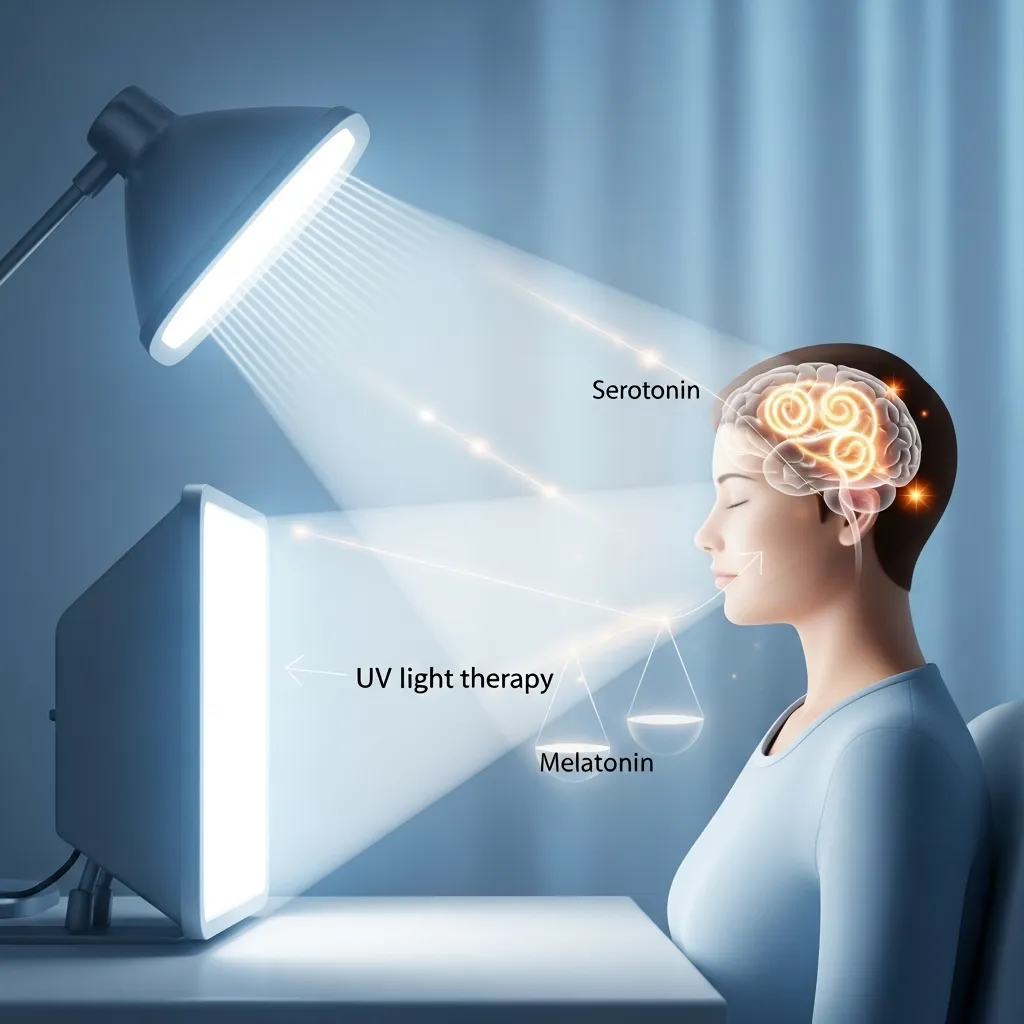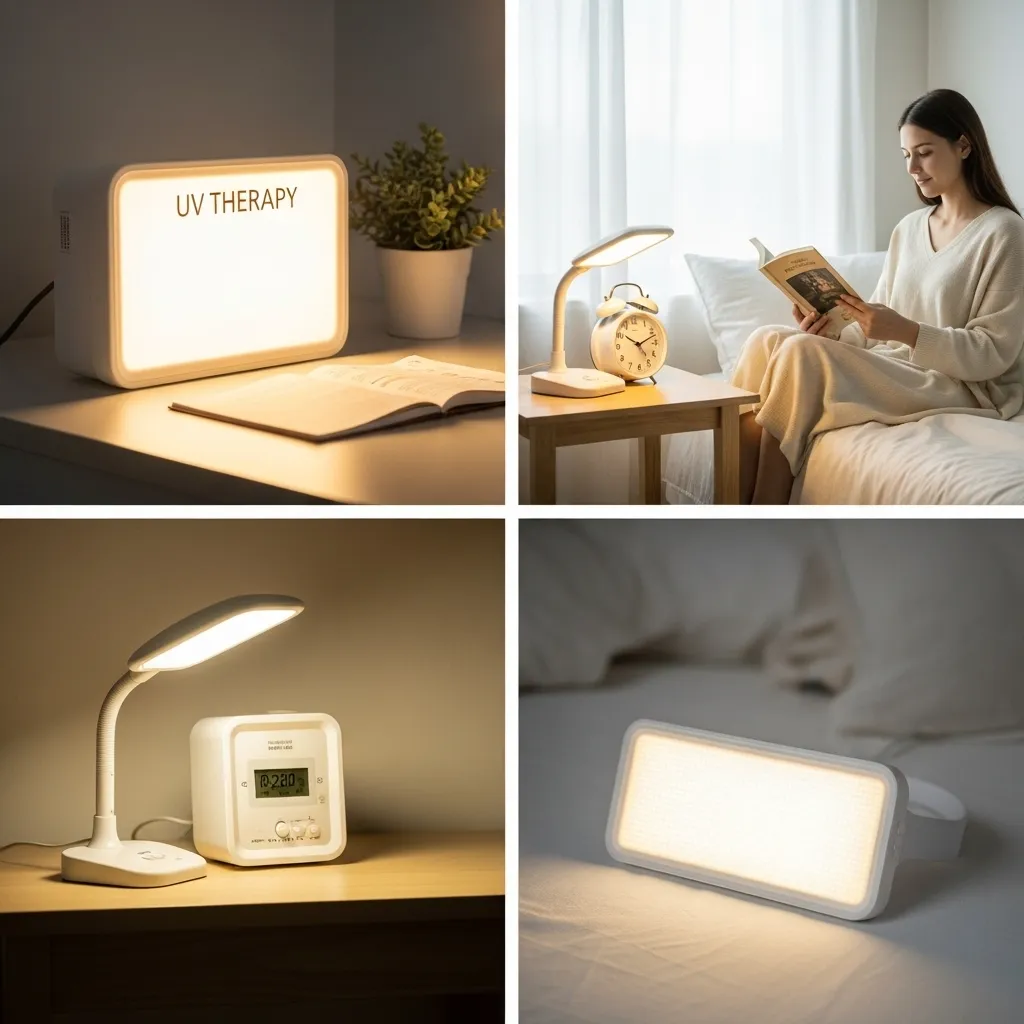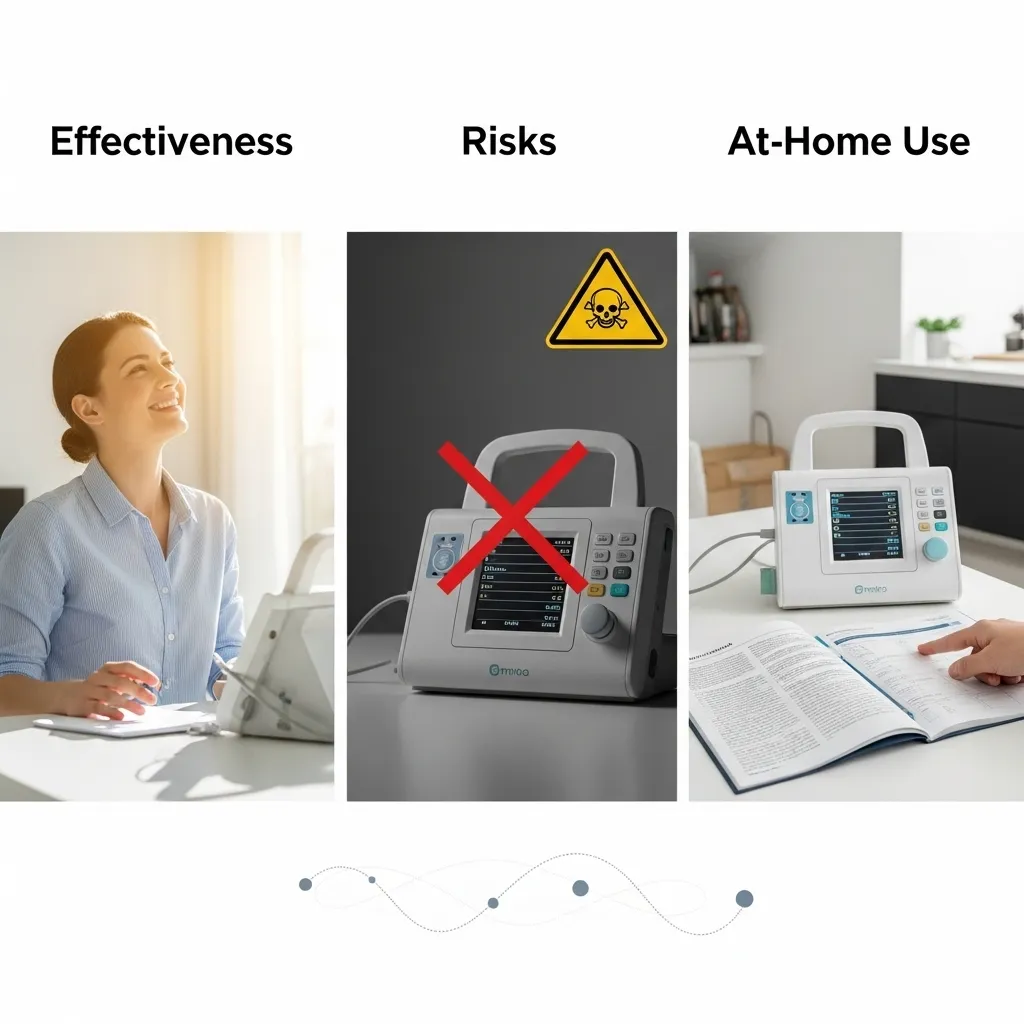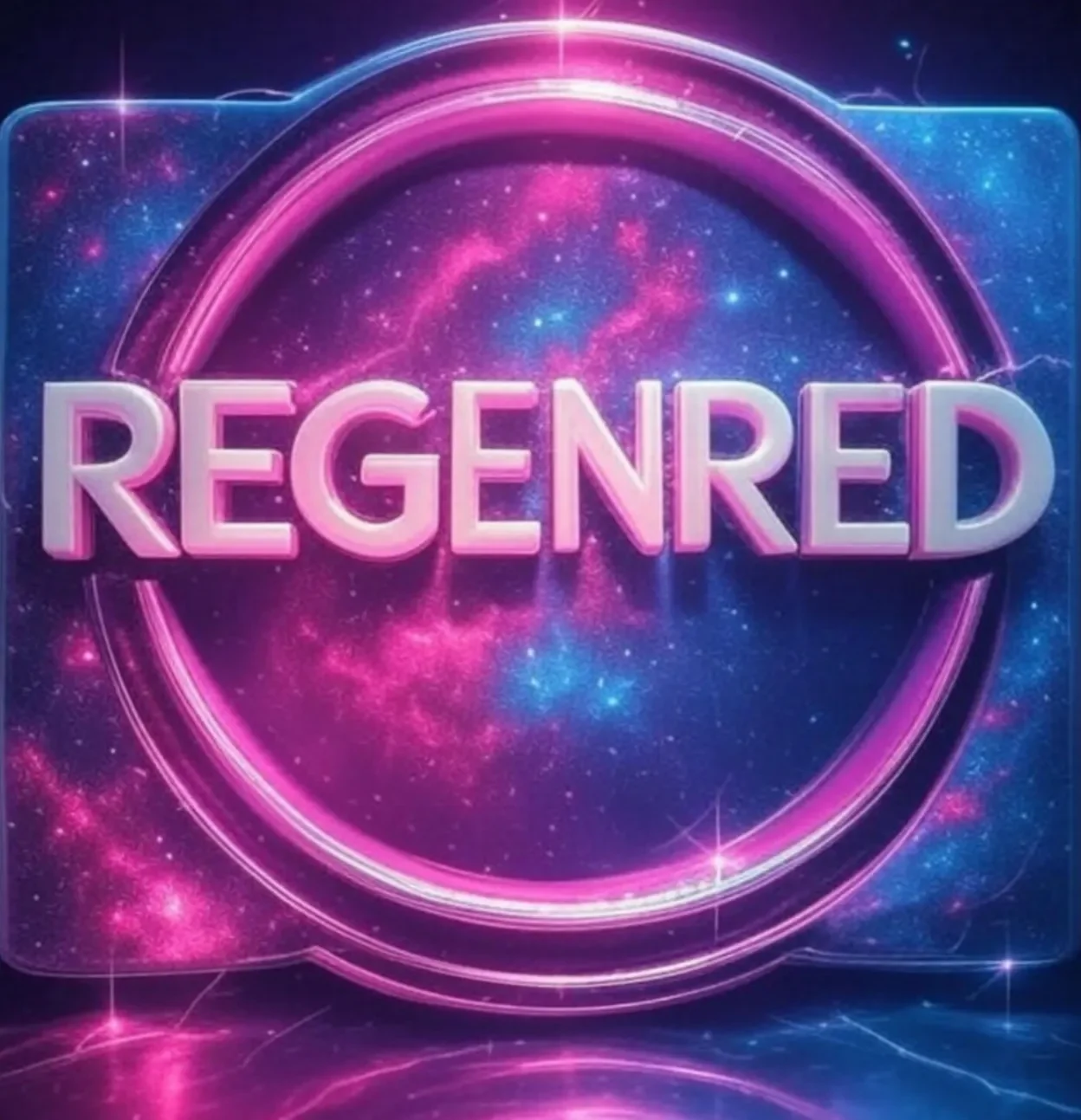UV Light Therapy for SAD: Does It Actually Work? 2025
UV light therapy is 60-90% effective and has been a powerful treatment option for many conditions like psoriasis, vitiligo, and certain types of lymphoma. The 2023 analysis shows that ultraviolet phototherapy remains an economical solution for moderate-to-severe skin conditions, despite newer treatments becoming available.
Most people think of skin damage when they hear about ultraviolet light. The controlled therapeutic applications of this powerful treatment serve multiple purposes. UV phototherapy uses specific wavelengths of light that decrease inflammation. The big question about Seasonal Affective Disorder (SAD) still remains – does ultraviolet light therapy work? This piece explores the science behind UV therapy for SAD and looks at its potential benefits and risks to help you make an informed choice about this treatment option.
How UV Light Therapy Works for SAD
Seasonal Affective Disorder results from the way light exposure, brain chemistry, and our biological clock work together. The way light therapy helps with SAD mainly works by fixing the body’s natural rhythms that get disrupted during darker months. The light boxes used in therapy don’t use UV rays. These devices actually filter out harmful ultraviolet light. They use bright white light at 10,000 lux that works through special eye receptors called intrinsically photosensitive retinal ganglion cells (ipRGCs). These cells send light signals straight to the brain’s master clock—the suprachiasmatic nucleus in the hypothalamus.
SAD patients’ internal body clock tends to drift later during winter months. Morning light therapy helps line up their sleep-wake cycles with their body’s natural rhythms. The bright light moves their internal clock back to its normal schedule. Light therapy affects important brain chemicals that control mood. Research shows SAD patients have lower serotonin levels, and light therapy helps bring these back to normal. People with winter-pattern SAD usually make too much melatonin and sleep too much. Light therapy helps balance these levels naturally.
The treatment is simple. Patients sit in front of a 10,000-lux light box for 30-45 minutes each morning. Unlike antidepressants that take weeks to work, patients often feel better in just 3-7 days. This makes light therapy an exceptional first choice for treating SAD.


Types of UV Light Therapy Used for SAD
People often misunderstand how ultraviolet light relates to treating Seasonal Affective Disorder. Let’s be clear: true light therapy for SAD does not use UV light at all. These two treatments share the name “light therapy” but work differently. Standard phototherapy uses controlled UV radiation to treat skin conditions. Doctors use specialized booths that emit narrowband UVB (311-313 nanometers wavelength).
Many people try to self-treat their SAD symptoms with tanning beds that mostly emit UVA light and only 4-10% UVB spectrum. Research shows that 80% of regular indoor tanners report SAD symptoms, which suggests they use tanning as self-medication. This approach doesn’t work because SAD therapy needs visible light to reach your eyes, while UV radiation remains invisible. Indoor tanning also brings serious health risks. People who start using tanning beds before age 35 increase their melanoma risk by 75%. Women who have used indoor tanning are six times more likely to develop melanoma in their 20s.
The American Academy of Dermatology warns against using tanning beds for any medical purpose. Medical organizations recommend only specialized non-UV light boxes that treat SAD properly.
Effectiveness, Risks, and At-Home Use
Research shows light therapy produces remarkable results for SAD patients. Success rates range from 60-90% with proper use. The best treatment dose is 5,000 lux hours daily, which patients usually get through 30-minute exposure to 10,000 lux each morning.
The therapy’s results vary among patients. Some people see improvements in 2-4 days, while others need 2-4 weeks of regular use. Light therapy works faster than antidepressants, and most patients see benefits within their first week of treatment. The treatment’s side effects include headaches, eye strain, agitation, fatigue, and nausea, affecting about 18% of users. These symptoms are usually mild and don’t last long. Bipolar disorder patients face rare but serious risks of manic episodes.
The best results come from daily use before 8 AM. Patients should position themselves 16 inches from the device. Their eyes should stay open but not look directly at the light. The treatment must continue through fall and winter, including weekends. Lower intensity devices need longer treatment times. A 5,000 lux device needs 45-60 minutes, while 2,500 lux requires 2 hours daily. Without doubt, proper light therapy (without UV) remains the safest and most effective way to manage SAD symptoms.

Conclusion
Light therapy is a great way to treat Seasonal Affective Disorder, though people often misunderstand its link to ultraviolet light. Evidence shows that SAD treatment needs bright white light therapy—not UV exposure. This difference matters substantially to anyone looking for relief from winter depression symptoms. Science shows how bright light therapy works through special retinal receptors that regulate circadian rhythms, normalize serotonin activity, and balance melatonin production. Most patients see clear improvements within a week of starting treatment. The therapy works faster than many standard antidepressants.
Tanning beds or other UV light sources cannot replace proper SAD light therapy. These approaches miss the core way light therapy works, through the eyes with visible light, not through skin exposure to invisible UV radiation. UV tanning beds also pose serious health risks and substantially increase melanoma chances. Bright light therapy has impressive success rates of 60-90% for SAD patients when used properly. Side effects like headaches or eye strain usually fade fast and affect few users. People with winter-pattern SAD should explore this well-researched, non-pharmaceutical option as their first treatment choice.
Daily morning sessions throughout fall and winter deliver optimal results. Winter’s darkness might feel overwhelming, but light therapy offers a proven path toward brighter days and better moods.
